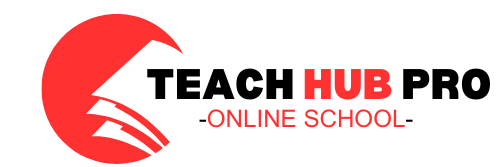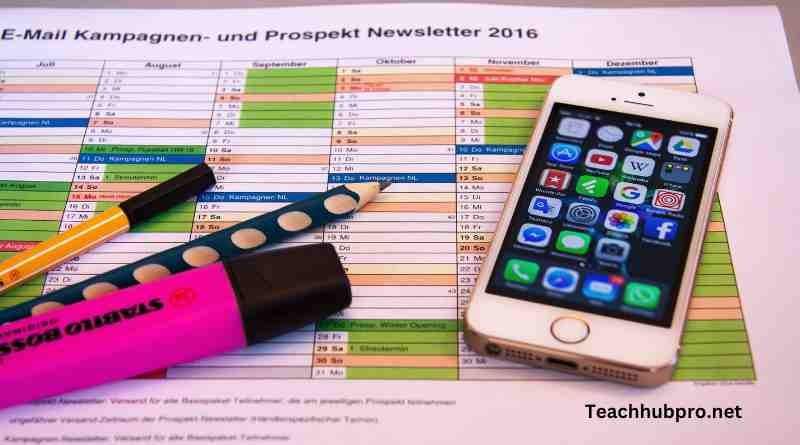Unleashing the Power of Classroom Focus Walls: Strategies to Maximize Learning Potential

Introduction
In the ever-evolving landscape of education, educators continually seek innovative methods to optimize learning experiences for their students. This article delves into the significance of classroom focus walls and explores strategies to harness their full educational benefits. One such approach gaining traction is the utilization of classroom focus walls. These interactive displays serve as dynamic learning hubs, providing visual reinforcement of key concepts, fostering engagement, and ultimately, maximizing learning potential.
Understanding Classroom Focus Walls
A classroom focus wall is more than just a decorative element; it serves as a centralized space where essential information, learning objectives, and student achievements are prominently displayed. Typically positioned at the front of the classroom, these walls act as a visual anchor, guiding students’ attention and reinforcing critical concepts throughout the academic year.
Enhancing Engagement Through Visual Learning
Visual stimuli play a pivotal role in the learning process, as they stimulate cognitive functions and enhance information retention. By incorporating vibrant graphics, colorful charts, and interactive elements, classroom focus walls cater to diverse learning styles, catering to both visual and kinesthetic learners. Through regular exposure to these visual aids, students are immersed in a multisensory learning environment that cultivates curiosity and sustains engagement.
Promoting Conceptual Mastery
At the core of every effective classroom focus wall lies a strategic selection of content that aligns with the curriculum objectives and learning standards. By organizing information into thematic clusters, educators facilitate conceptual connections and scaffold students’ understanding of complex topics. From vocabulary words and mathematical concepts to historical timelines and scientific diagrams, each element on the focus wall serves as a building block in the construction of knowledge, empowering students to navigate academic content with confidence.
Fostering Student Ownership and Accountability
One of the most compelling aspects of classroom focus walls is their capacity to promote student agency and accountability. By involving students in the creation and maintenance of these displays, educators instill a sense of ownership over their learning environment. Whether through contributing to anchor charts, updating achievement trackers, or showcasing their work, students actively participate in curating the visual landscape of their classroom. This sense of ownership not only enhances motivation but also cultivates a culture of academic responsibility and pride in one’s accomplishments.
Facilitating Differentiated Instruction
Inclusive classrooms celebrate diversity and recognize the unique strengths and challenges of every learner. Classroom focus walls serve as a versatile tool for implementing differentiated instruction strategies, catering to the individual needs of students. By incorporating tiered activities, graphic organizers, and supplementary resources, educators can tailor the content displayed on the focus wall to accommodate varying proficiency levels and learning paces. Additionally, interactive components such as flip cards, QR codes, and interactive bulletin boards provide opportunities for self-directed learning and enrichment.
Harnessing Technology for Interactive Learning
In the digital age, technology plays an integral role in education, offering limitless possibilities for interactive learning experiences. Classroom focus walls can seamlessly integrate technology-enhanced elements, such as interactive whiteboards, augmented reality apps, and multimedia presentations. These digital resources not only enrich the visual appeal of the focus wall but also provide dynamic opportunities for exploration and discovery. Whether through virtual field trips, interactive quizzes, or multimedia showcases of student projects, technology amplifies the impact of the focus wall as a catalyst for immersive learning experiences.
Conclusion
As educators strive to create dynamic learning environments that empower students to reach their full potential, the utilization of classroom focus walls emerges as a transformative pedagogical practice. By strategically curating content, fostering student engagement, and embracing technology-enhanced learning experiences, educators can unlock the power of focus walls to maximize learning potential. As we continue to navigate the educational landscape, let us embrace the transformative potential of classroom focus walls as catalysts for student success and academic excellence.
Visit also; read



